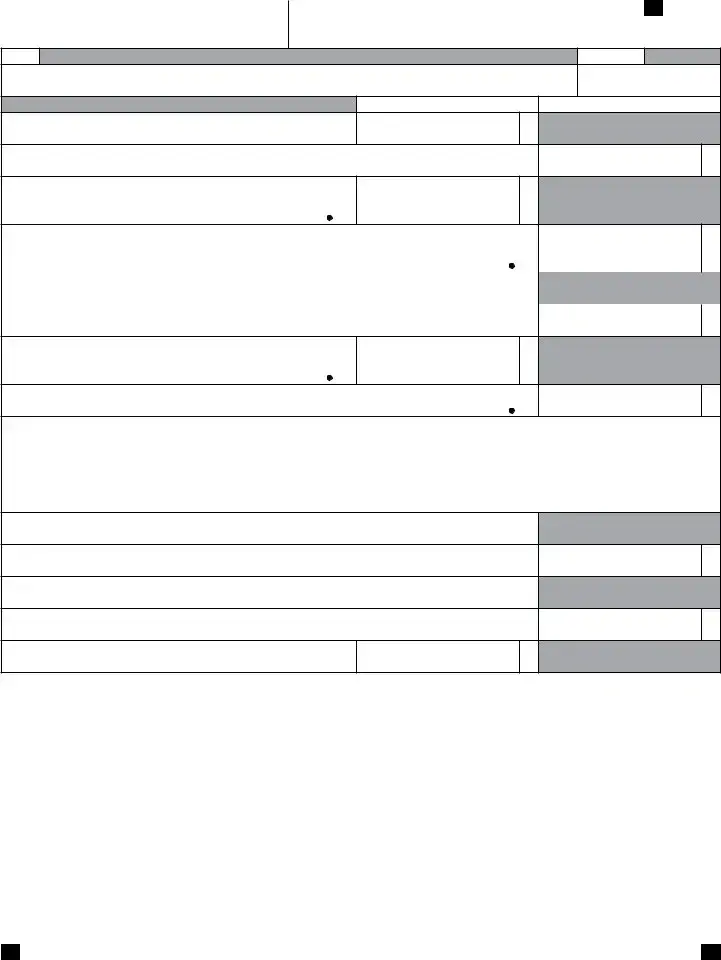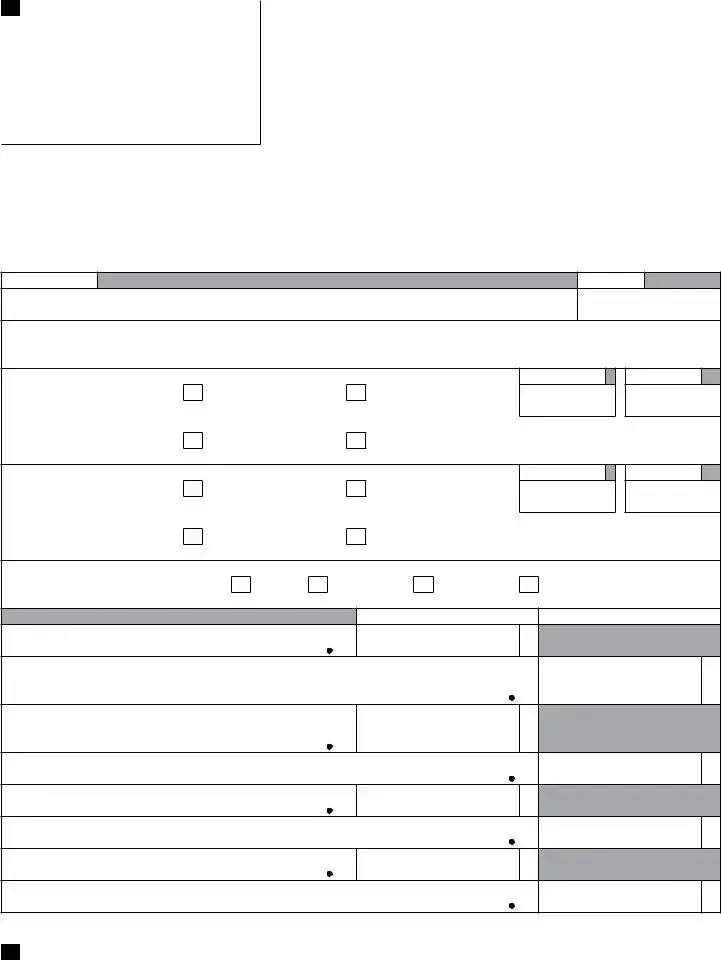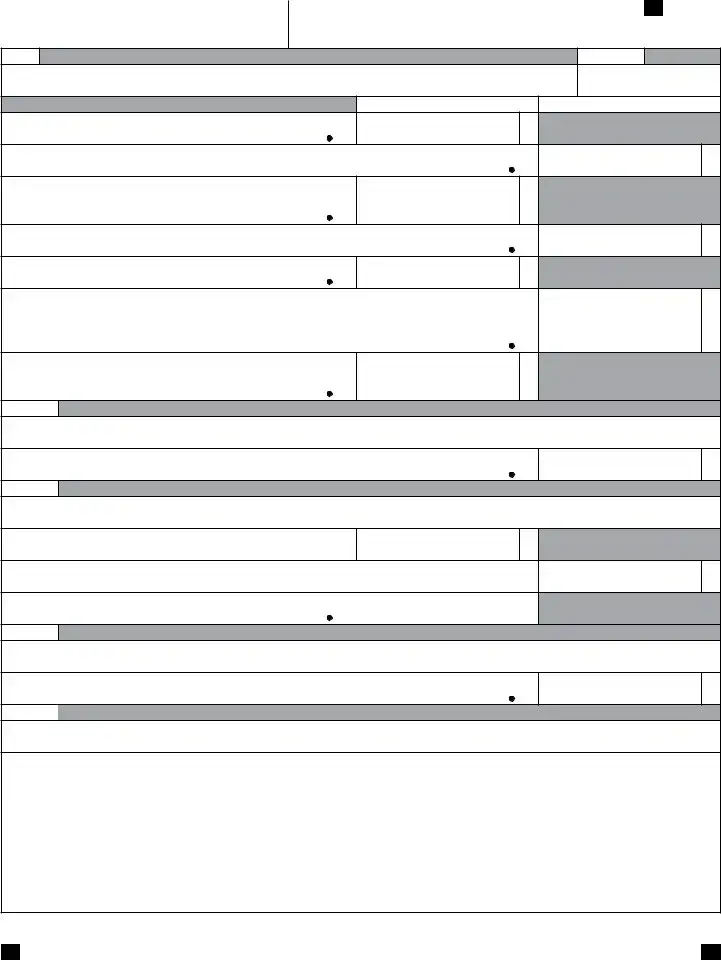Filling out the 104PN form can be a complex process, and many people make mistakes that could lead to delays, penalties, or an incorrect tax calculation. One common error involves mislabeling their residency status. Whether marking themselves as a full-year resident, full-year nonresident, or part-year resident, taxpayers must ensure that they choose the correct option. This decision has a significant impact on how income is reported and taxed in Colorado. If a person incorrectly indicates their residency status, it could result in owing more tax than necessary or being eligible for refunds that are incorrectly claimed.
Another frequent mistake lies in the calculation of income earned during the time residing in Colorado. When completing lines 5, 7, 11, or other relevant sections, individuals often include all income without separating what was earned while a Colorado resident from that earned elsewhere. Accurately distinguishing Colorado-related income is essential, as incorrect reporting can lead to inaccurate tax liabilities.
Many taxpayers also overlook the necessity of including specific income types. For example, unemployment benefits received while residing in Colorado must be reported on line 9. Failing to include these benefits or misreporting them can result in penalties or adjustments by the Colorado Department of Revenue.
Another common error occurs in documenting federal adjustments to income. Line 22 requires taxpayers to accurately enter all federal adjustments, and mistakes here can precipitate problems with the Colorado adjusted gross income. Each deduction should be properly accounted for and correctly apportioned based on Colorado wages and income.
One serious yet easily avoidable mistake is neglecting to double-check calculations. Arithmetic errors can creep in, resulting in discrepancies that may raise red flags during review. Therefore, reviewing numbers against their sources and ensuring each line aligns with the corresponding tax form can save time and frustration.
In addition, failing to validate the necessity of additional documentation can lead to complications. Taxpayers sometimes overlook the importance of including supporting documents when required. For instance, if claiming specific deductions or credits, individuals should keep copies of all relevant receipts and forms for their records. Without these documents, justifying claims may become difficult if questioned.
Finally, individuals often miss deadlines or incorrectly assume that filing electronically will prune away all potential problems. While e-filing can streamline the process, it’s vital to ensure that submissions are timely and that all required forms are included. Missing deadlines could incur late fees or affect refunds. Being diligent and organized is key to successfully navigating the 104PN form.


 Taxpayer is (mark one):
Taxpayer is (mark one): Spouse is (mark one):
Spouse is (mark one): Mark the federal form you filed:
Mark the federal form you filed:
